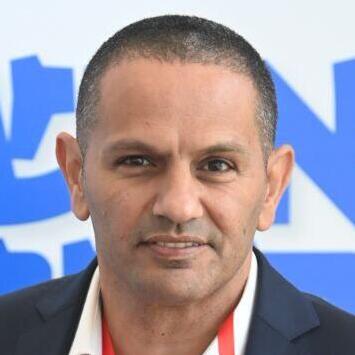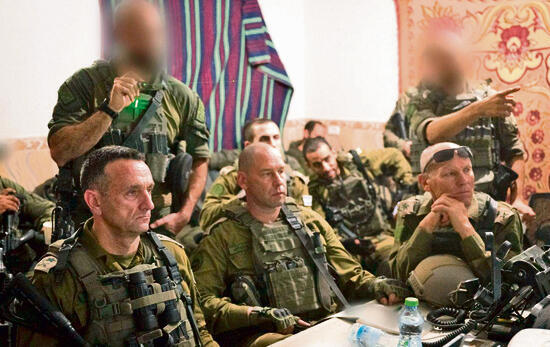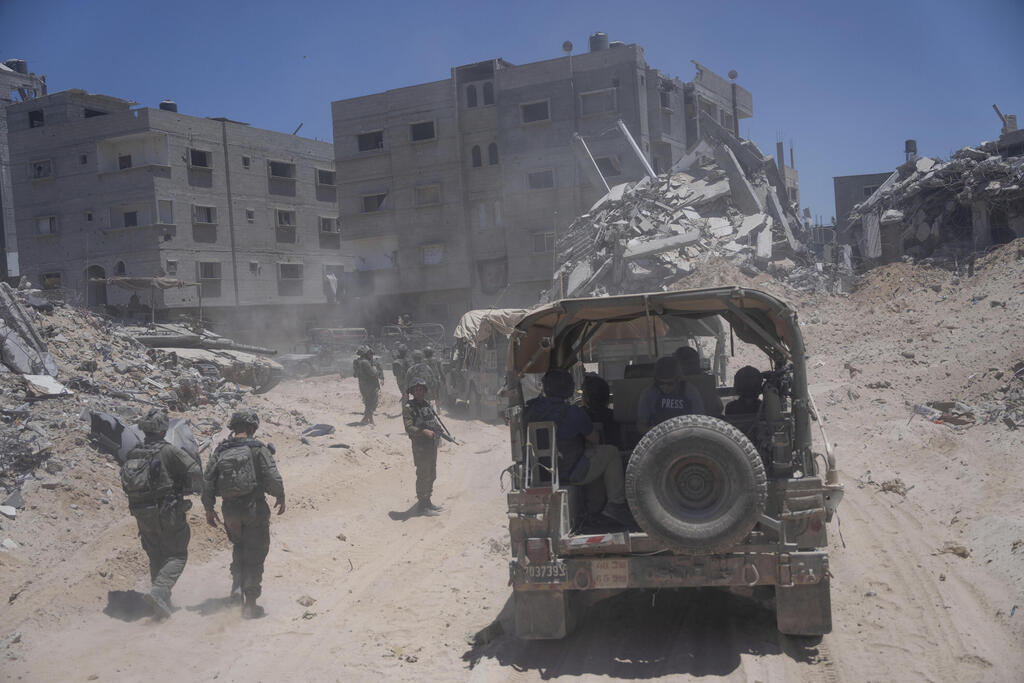In the aftermath of recovering the bodies of six murdered hostages, public discourse naturally gravitates toward immense grief, the troubling question of whether their lives could have been saved, and what measures must be taken to prevent such horrors in the future. Yet, amid these crucial discussions, it is puzzling that there is little focus on how IDF should respond to such a heinous crime as the execution of hostages.
While exercising utmost caution concerning the lives of the remaining hostages, Hamas must be held accountable for these barbaric acts. For example, when the group launches rockets at southern Israel, the IDF knows how to clear the launch zones and impose consequences not only on Hamas but also on the communities providing them shelter. This is an extraordinarily severe incident, yet an immediate response seems absent. It could also be legitimate to employ humanitarian leverage – not through extreme measures, but Israel is certainly not obligated to excel in this area and could begin by reducing the amount of humanitarian aid entering Gaza.
Amid the sorrow and rising protests, further details emerge about the recovery of the bodies and the hostages' conditions. They were found in a tunnel in Rafah, about 65 feet deep and roughly half a mile from where Farhan Alkadi was located. There was no prior intelligence; the IDF knew there were hostages in the vicinity but not their precise location. Therefore, the operation in Rafah was methodical and slow. Following autopsies, IDF estimates the hostages were killed within 48 to 72 hours of their recovery. The neglect was apparent on their bodies, and it is difficult not to succumb to sorrow and horror when imagining what they endured over the past 11 months, up to the moment they realized the worst was imminent.
After the terrorists chose to eliminate those deemed a strategic asset for Hamas' survival, the IDF sought to determine whether the terrorists received direct orders from Hamas leader Yahya Sinwar. The likelihood of direct communication is low, due to the fear of exposure. Thus, a general directive may have been issued to murder hostages when IDF forces approach. As part of the lessons learned, IDF is expected to adjust its operational policy within tunnels and exercise extreme caution. Conversations with commanders and soldiers on the ground reveal the depth of sadness and a sense of failure with every hostage who does not return alive to their family.
Meanwhile, tensions in the West Bank continue to escalate: A serious attack occurred in the Gush Etzion area, which typically awakens last during escalations but has now become an early focal point of terror. The shooting that claimed the lives of three officers was carried out by a terrorist previously active in the Palestinian Authority security apparatus, likely while passing in a vehicle. He then abandoned it and fled until he was neutralized in Hebron by Duvdevan soldiers, thanks to intelligence from the Shin Bet. Soldiers surrounded the house, executed a "pressure cooker" procedure, and fired an anti-tank missile. An M-16 weapon was found next to his body.
The resurgence in the West Bank is significantly reflected in senior-level discussions. IDF Chief of Staff Herzi Halevi conducted a situation assessment and initial debriefing at the attack site with field commanders, shortly before the Hebron operation, and the Central Command is holding situation assessments after which a decision will be made on how and by how much to reinforce forces in the area.
If the situation explodes, as head of Shin Bet Ronen Bar previously warned, the scale of forces the IDF will be forced to divert from Gaza and the north will necessitate a change in situation assessment and war objectives. The truth of the matter is that if the two car bombs in Gush Etzion and the explosive device in Tel Aviv had achieved their full intent, the war map might have changed entirely, and military forces are far from infinite, especially when the threat from Hezbollah remains present. This must also be considered when discussing a cease-fire in Gaza.




